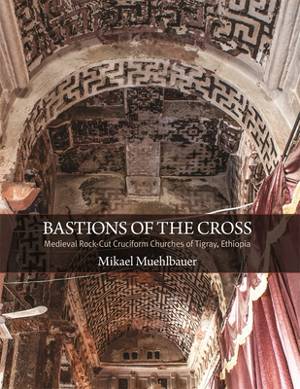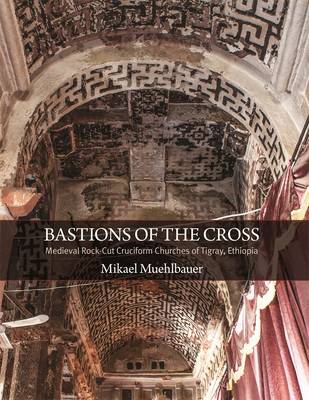
- Afhalen na 1 uur in een winkel met voorraad
- Gratis thuislevering in België vanaf € 30
- Ruim aanbod met 7 miljoen producten
- Afhalen na 1 uur in een winkel met voorraad
- Gratis thuislevering in België vanaf € 30
- Ruim aanbod met 7 miljoen producten
Zoeken
€ 116,45
+ 232 punten
Omschrijving
In the late eleventh century, Ethiopian masons hewed great cruciform churches out of mountains in the eastern highlands of Tigray, Ethiopia's northernmost province. Hitherto unparalleled in scale, these monuments were royal foundations, instruments of political centralization and re-Christianization that anticipated the great thirteenth-century churches at Lalibela. Bastions of the Cross, the first study devoted to the subject, examines the cruciform churches of Abreha wa-Atsbeha, Wuqro Cherqos, and Mika'el Amba and connects them to one of the great architectural movements of the Middle Ages: the millennial revival of the early Byzantine aisled, cruciform church. These were also the first to incorporate vaulting, and uniquely did so in the service of centralized spatial hierarchy. Through resuscitated pilgrimage networks, Ethiopian craftsmen revisited architectural types abandoned since Late Antiquity, while Islamic mercantile channels brought precious textiles from South Asia that inspired trans-material conceptions of architectural space. Bastions of the Cross reveals the eleventh century, in contrast to its popular reputation as a "dark age," to be a forgotten watershed in the architectural history of Ethiopia and Eastern Christianity.
Specificaties
Betrokkenen
- Auteur(s):
- Uitgeverij:
Inhoud
- Aantal bladzijden:
- 256
- Taal:
- Engels
- Reeks:
Eigenschappen
- Productcode (EAN):
- 9780884024972
- Verschijningsdatum:
- 24/10/2023
- Uitvoering:
- Hardcover
- Formaat:
- Genaaid
- Afmetingen:
- 216 mm x 279 mm
- Gewicht:
- 1088 g

Alleen bij Standaard Boekhandel
+ 232 punten op je klantenkaart van Standaard Boekhandel
Beoordelingen
We publiceren alleen reviews die voldoen aan de voorwaarden voor reviews. Bekijk onze voorwaarden voor reviews.








